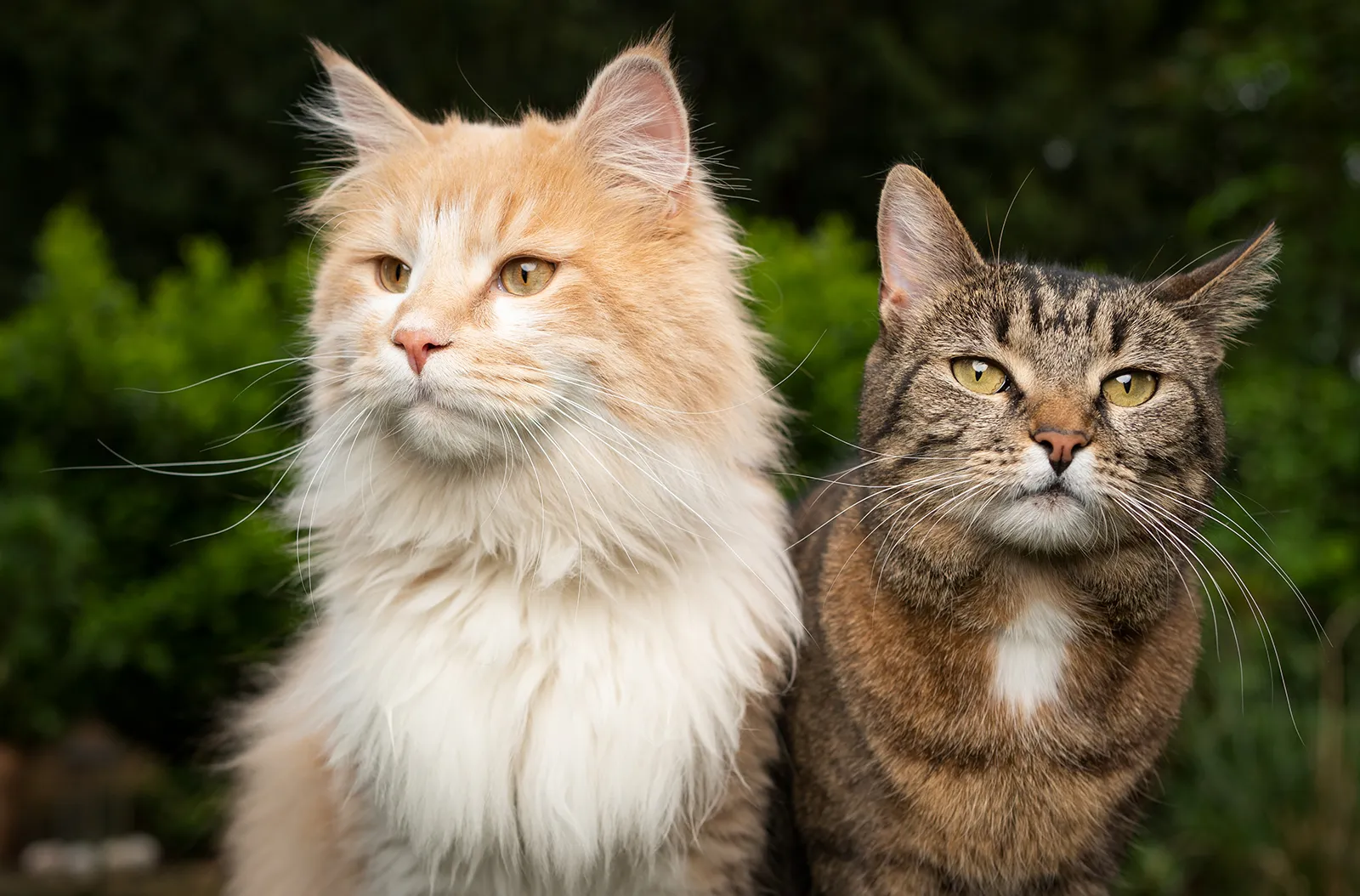Scratching furniture is not just a whim or a desire for a cat to annoy its owner. It is one of the physiological needs of cats, a genetically ingrained instinct. This need guides not only domestic cats but also wild members of the feline family. The difference is that wild cats scratch trees, not sofas.
Why do cats have a passion for soft furniture?
Before addressing how to stop a cat from scratching furniture, it’s important to understand the behavior. Cats are attracted to soft furniture and wallpaper because:
- It follows their instincts. Claws are a cat’s main defense in the wild. To hunt and survive, they need to hone their claw-sharpening skills. Although domesticated cats no longer hunt for food, the instincts shaped by thousands of years of evolution remain.
- They sharpen their claws. Humans file their nails, dogs wear down their claws by running on hard surfaces, and cats need to dig their claws deeply into a surface and scrape them to keep their claws sharp. Dead skin flakes from the claws are left behind, and new ones form.
- They stretch. You’ve likely noticed your cat elegantly arching its back and stretching. During this, it enjoys scratching the surface, often damaging upholstery.
- They relieve tension. Sometimes a cat scratches the sofa fabric more intensely as a way to release aggression when it’s angry or upset.
- They mark their territory. Cats have scent glands at the base of their paws. During scratching, a cat marks the object with its unique scent.
Now that we understand that scratching is vital for cats, let’s explore how to stop them from scratching furniture and wallpaper.
Scratching Posts
There are many ways to train a cat not to scratch furniture and wallpaper. One of the most popular methods is using a scratching post. These come in horizontal and vertical forms, floor-standing or wall-mounted, as planks or columns. They all have a soft surface, covered with dense fabric or wrapped in thick rope.
The easiest way to train a kitten is to place the scratching post in a prominent location, bring the kitten to it, and gently move its paws across the surface. Praise and reward it with a treat every time the kitten uses the scratching post correctly. Place the scratching post in a busy area: near the bed, in the play area, or next to the sofa. For larger apartments, consider buying multiple scratching posts.
Sprays
Special sprays emit smells that are unpleasant for cats when applied to a surface. However, they dissipate quickly, so they need to be applied every 2-3 hours.
Nail Trimming
This is a universal method for all breeds. If you’re not sure how to stop a cat from scratching furniture, trimming its nails every 2 weeks is a good option. Trim about 1/3 of the nail using specialized scissors (not regular manicure ones). It should be done at a specific angle and length.
Anti-Scratch Caps
These are special vinyl caps for claws, glued onto the cat’s claws, allowing it to behave normally without damaging furniture. To apply them, gently use glue to attach the caps to the cat’s claws. They will naturally fall off after 10-14 days, so they need to be reapplied.
Initially, the cat may try to remove the caps, but soon it will get used to them. Anti-scratch caps are available in different sizes (S, M, L), depending on the length of the cat’s claws.
Claw Removal
Some owners, unsure of how to stop a cat from scratching, resort to inhumane measures such as onychectomy, a radical surgical procedure to remove a cat’s claws. This stops the cat from scratching but leaves it disabled. It affects the cat’s coordination, posture, and its ability to jump gracefully.
Important Notes
When buying a scratching post, add a few drops of valerian or motherwort on it to attract the cat. The scratching post should:
- Match the cat’s size.
- Be securely fastened and able to withstand the cat’s pressure.
- Have medium stiffness and roughness.
If you choose a spray, ensure it doesn’t cause any allergic reactions. It’s best to let a vet trim the cat’s nails at first. If trimmed too much, it could damage blood vessels, cause infection, or cause pain.
Traditional methods to stop scratching include:
- Saying “no” or “stop” sharply and loudly.
- Spraying the cat lightly with water (it won’t harm them but will be unpleasant).
- Using scents that cats dislike, such as citrus, onion, or vinegar. Mix citrus oil with water and spray it on scratched areas.
